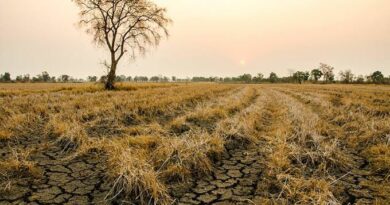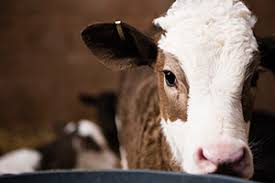Soil Sampling Procedures
In soil chemical analysis, about 2 to 10g of soil is generally being analysed and this is taken as representative of a soil of one hectare (2 x 108 kg or 9 x 108g) land areas.
Therefore we must be very careful in sampling. The following steps are usually taken when sampling soil:
Area per Sample
Size of Area: not more than 2 hectares. If the area is uniform. In most cases, it is about 0.2ha per one sample.
For Research work, it should be 1 plot.
Composite Sample: This is a number of individual samples bulked together as one. We should have 15 to 20 individual samples (cores) per composite sample.
Sub-Samples
For example, a sample of cores may be taken from a field plot, and a number of small samples taken from each core for chemical analysis. The efficient use of subsampling depends on striking a balance between cost and precision.
Depth of Sampling: Usually, we sample to the depth of tillage because most nutrients are concentrated in the surface where most organic matter are found. The depth is usually about 15cm. There should be at least 2 composite samples per one area.
Read Also: General Principles of Soil Analysis and Soil Testing
Tools: Use sampling tools such as:
Soil probe
Soil auger could work itself round small stones of gravel.
Spade, shovel ,or cutlasses. We excavate with the spade to a growth depth of 15cm and use a cutlass to cut off 2cm2 of soil. The soil sampled is put into plastic bucket or bags.
After taking soil from the field, we dry it and mix all individual samples together very well. We than take about 500g or 250gm for chemical soil analysis.
Map of the Area: We indicate the number of sample/area. We should draw a map to locate the area of the sample.
Containers: must be free of contamination and kept clean.
Areas to avoid in sampling: Avoid any area that is obviously different from the rest of the area, unless the odd area is large enough to treat as a separate sampling unit. Such areas are:
Eroded area where the top soil could have been eroded away.
Depressing or wet areas: There will be different oxidation reduction in the soil, thus affecting soil analysis results.
Area adjacent to animal burrows
Areas where crop residues have accumulated – such as empty cocoapods which swells up the K in that soil.
Areas under large trees especially oil palm. This applies to cleansed areas where we have isolated trees (oil palm) where there will be an accumulation of O.M to swells up C.E.C and nutrients of the soil in that area.
Dead furrows in the field.
In general, we must avoid bulking together sampling cores from unusual places. Once we have a representative sample we take it to the laboratory for analysis.
Read Also: The Interpretation of Soil Test Data









